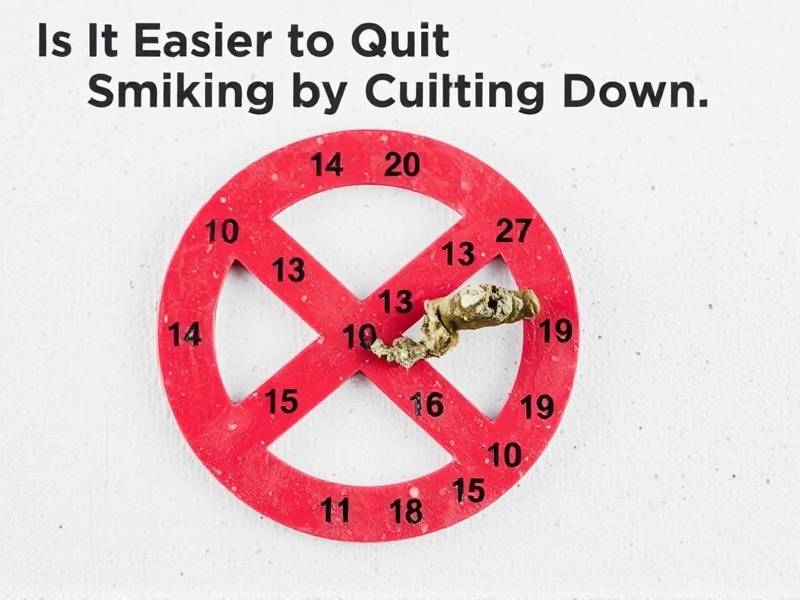Is It Easier to Quit Smoking by Cutting Down?
Is Gradual Smoking Reduction a Key to Successful Quitting?
Introduction: The journey towards quitting smoking is fraught with challenges, and many smokers find themselves contemplating various strategies to kick the habit. One popular approach is the idea of gradually cutting down on the number of cigarettes smoked each day. But is this method really easier, or does it just prolong the process? Let's explore the pros and cons of this strategy.
The Concept of Gradual Reduction: Gradual smoking reduction involves lowering the number of cigarettes smoked over a period of time until eventually, no cigarettes are consumed. Advocates argue that this approach makes quitting more manageable by reducing withdrawal symptoms and cravings gradually.

The Pros:
- Reduced Withdrawal Symptoms: By cutting down slowly, smokers may experience less severe withdrawal symptoms compared to cold turkey quitting.
- Increased Confidence: Gradually reducing cigarette consumption can boost a smoker's confidence in their ability to quit.
- Smoother Transition: This method allows for a smoother transition from heavy smoking to non-smoking.
The Cons:

- Potential for Relapse: Some smokers may get comfortable with their reduced cigarette consumption and fail to quit altogether.
- Delayed Quitting: Although gradual reduction may seem easier, it can actually delay the actual quitting process.
- Health Risks: Even at lower levels, smoking still poses health risks, so continuing to smoke while reducing gradually can still harm your health.
Alternative Approaches: While gradual reduction is a popular choice, there are other methods that might be more effective for some individuals:
- Cold Turkey: Quitting cold turkey involves stopping smoking abruptly without any tapering off period.
- Nicotine Replacement Therapy (NRT): NRT includes products like gum, patches, lozenges, inhalers, and nasal sprays that deliver nicotine in controlled doses.
- Prescription Medications: Some medications have been developed specifically to help people quit smoking.
Conclusion: Whether or not gradual smoking reduction is easier for you depends on your personal circumstances and preferences. While it has its advantages, it's essential to weigh these against its potential drawbacks. It's also crucial to remember that there is no one-size-fits-all solution when it comes to quitting smoking. Exploring various methods and seeking support from healthcare professionals can increase your chances of success.
Remember that quitting smoking is a significant step towards improving your health and well-being. Be patient with yourself and consider trying different strategies until you find what works best for you.
References:
- American Cancer Society
- Centers for Disease Control and Prevention (CDC)
- National Institute on Drug Abuse (NIDA)
